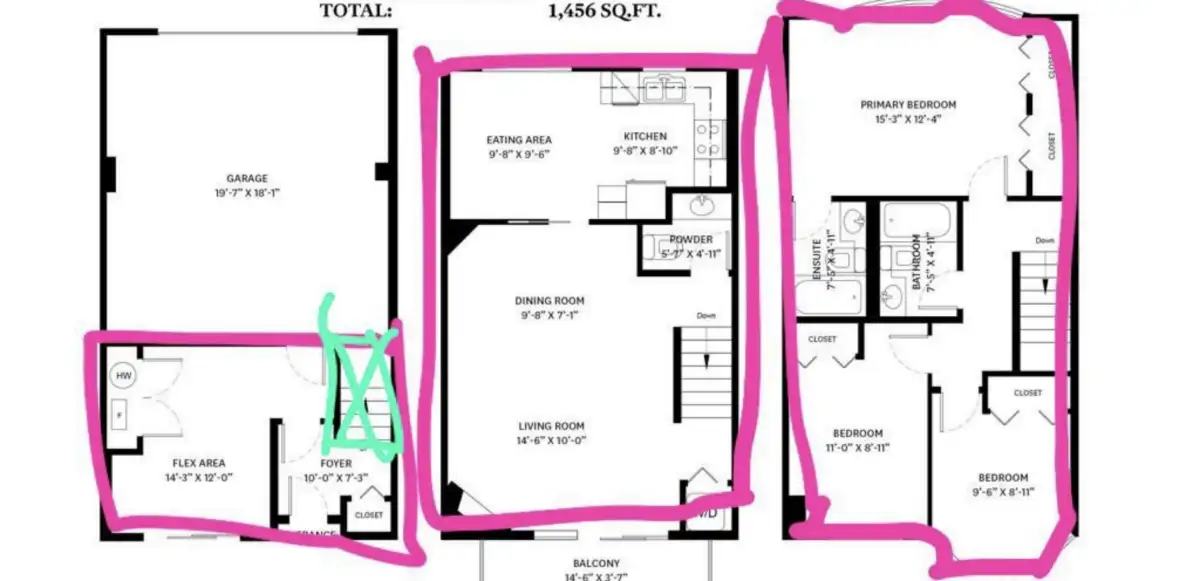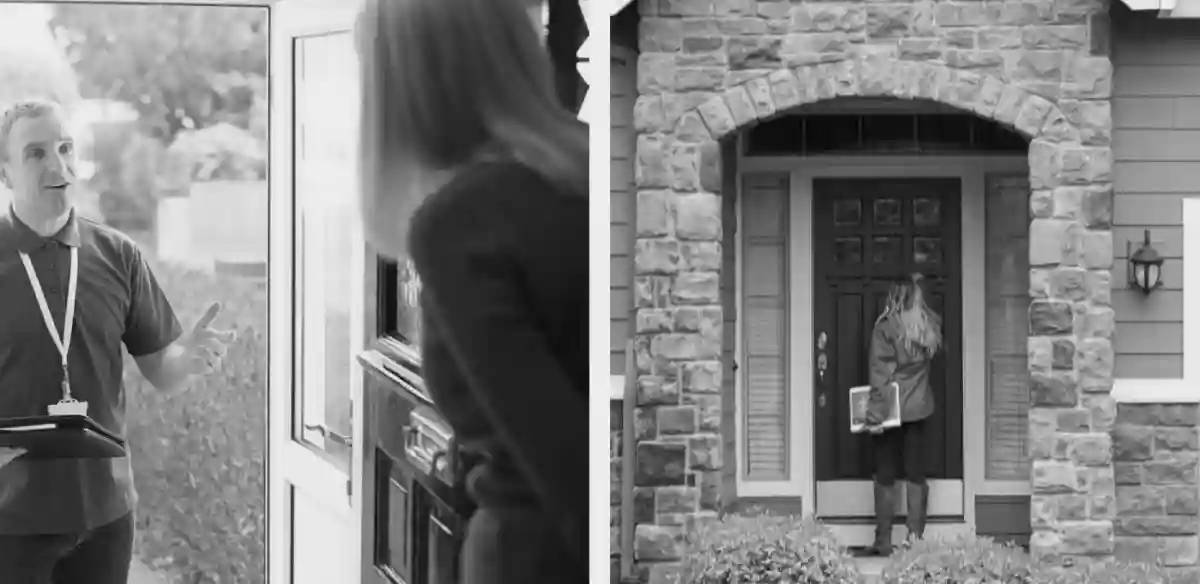As a cat person, you probably want to keep your cat from the landlord without permission. This act may be necessary, especially if the cat is not an emotional support animal. In this article, we will discuss just the perfect methods on how to hide a cat from your landlord, so you do not have to freak out about inspections. You would be good to go as long as you keep things free of your cat’s hair and make sure not to leave cat food and toys in the open.
Inspectors are typically more concerned about structural damage, leaks, and hoarding when they come in, so they may never suspect your feline’s presence unless you give them a reason.
You just have to get creative when hiding a cat in your rented apartment. Clean consistently and do not miss notices about days your landlord will enter the property.
How to hide a cat from your landlord

Property damage is the main reason landlords are against keeping cats and cat urine smell. And in some cases, the landlord’s insurance premiums may go up for allowing pets.
First, persuade your landlord to bend the rules so that you can offer a pet deposit. This deposit can be added to the regular deposit if any, assuring the landlord that if your pet cat damages the apartment, they are not liable for the repair costs.
Find out the pet deposit amount – typically $100 to $300 – the landlord would be willing to accept to allow you to keep your cat.
If you already have a cat in your apartment and your lease is against it, do the following to hide your cat from your landlord:
1. Block kitty access to windows facing the entrance
Block off cat access to any windows facing the areas the landlord, inspectors, or neighbors see while approaching your home. A kitty brazenly sunbathing in the window screams “I have a cat”, so you do not want this to happen.
2. Hide the litterbox in a piece of furniture
Get decent furniture designed in the form of a storage bench or a side table with a hidden litterbox in it. It should not look like it houses the litterbox.
Toss an extra long runner or anything over one side to cover the entrances during inspection days. You could also hide a bed or snuggle spot in it. Place a carrier such as a Sleepypod in it, and you now have the secret bed and storage place for the carrier hidden in the furniture. Moreover, a carrier like this makes vet trips less stressful because they have to ride in a familiar bed. Use non-see-through bags when leaving cat litter in the dumpster. Make sure your cat does not poop in neighbors’ yards.
3. Buy your cat toys that are not cat toys
Some cat lovers believe that cats still love toys that are not designed to be toys the most. Cats typically have the most fun stealing items, such as a plastic ring. Some would even play with a tip you drop on the floor and bat around the house like a kitten.
You could get a scrunchy stuffed toy, and your neighbors cannot tell if you open a seam, stick a catnip in, and sew it back. It is elastic, allowing you to shoot it off your finger for cat fetch.
4. Hide kitty furniture
Keep cat furniture to a minimum, and throw other suspicious cat items in your car until the inspection is over.
Get small scratchboards that double as beds, collapsible crates, and cat trees. Do not keep superdome-sized litter boxes around. Have a bin for putting all the cat stuff in and train the cat in the crate so that you can stow them away when it is time to hide.
5. Keep the apartment clean
Vacuum the furniture and floor regularly. Wash bedding, throw blankets, curtains, fur smell-gathering fabric, and furniture covers. An inspector may be able to tell cat smells using things like the guest towels sitting in the cabinet for months, soaked in cat smell. You may not notice the smell since you are accustomed to living with your pet cat.
A landlord or inspector who does not keep cats will probably notice the smell. They may even have an allergy to it, so burn scented candles on inspection days to get rid of the cat smell.
Check the back of your couch for cat hair. If your couch uses velvet material, it may be hard to clean, so just cover it with a nice throw blanket.
Get a black light. Check your apartment every few weeks in the dark and look for cat urine glows. Mark the spot with a piece of chalk and clean it using a good cat urine cleaner. Protect the carpet with cheap, temporary vinyl flooring.
6. Put kibbles in airtight canisters
Get attractive, air-tight porcelain or metal canisters for kibble. You need one that is not see-through to hide the kibble in plain sight on the countertop.
7. Use regular dishes for food and water
Feed your cat using regular dishes for food and water—no need to buy separate pet cat bowls. Wash the dishes after meals, even if you schedule them. You can load them in the dishwasher if you have one. Use a mug for water. If you are questioned by the inspector, say it is for rinsing after you brush your teeth.
8. Use a non-labeled item for litter
Buy a non-labeled reusable jug for cat litter to prevent having to haul empty litter boxes out.
You can buy Sterilite containers and cut a hole on one side. Turn it so the opening faces the wall during an inspection. An inspector will not question a plastic storage container.
Keep cat food in an old ceramic container from a store. It should look like something you would use to store flour or coffee.
9. Use the “I’m naked” excuse to buy time before inspections
Depending on your state, landlords are mandated to give you a notice before they enter your apartment. However, a landlord may try not to follow the rules. If your landlord thinks you have a cat in the apartment, they may try to gain entry even before the notice hours reach. For instance, your landlord can leave a 24-hour notice to enter your apartment in the evening but arrive the following morning, so you almost have no time to plan a hideout for your furry cat.
State laws typically mandate landlords to give advanced notice before entering your apartment, but they can ask when you are at home if they can enter then.
For instance, if they are replacing shower valves in all apartments, they would knock and say, “I’m doing the neighbor’s shower valves now; would it be okay if I did yours in a few minutes?” While you are not required to consent to their entry, it makes the landlord suspicious if you refuse sudden entry all the time.
When your landlord or an inspector pays an unexpected visit, say, “I’m naked and need a few minutes to get decent.” Use the time to get rid of any evidence that you housed a cat before letting them in.
They will feel embarrassed and awkward knowing they interrupted you while you were indisposed. This will distract the landlord or inspector from staying long enough for an apartment inspection.
You can also mess up your hair and sheets or even leave a vibrator halfway to show a hastily closed table drawer. This takes their attention off cat suspicion and even their focus on the home inspection.
10. Walk the cat during inspections
If you live in the apartment with another person, one of you can walk the cat for the duration of the inspection.
Allow your cat to take the lead when walking on the leash until they get used to it. Do not aggressively pull the leash to keep the cat comfortable. Before you walk the cat, allow them to walk with the leash dragging behind them before picking it up.
The backup plan
Consider having your cat registered as a support animal. This certificate can be purchased online to be used for the rented apartment. If the landlord finds out you are keeping a pet cat, show the certificate to them.
Or, try to negotiate to pay a pet fee. If you already have a cat in the apartment, tell the landlord you plan to bring one in after approval. Propose a pet deposit or additional monthly rent.
If the landlord refuses, consider moving to a pet-friendly apartment or finding an apartment that welcomes pet deposits.
Consequences
If you have not rented the apartment yet, avoid the potential consequences of being caught with a cat in your apartment as against the lease by continuing your search for an apartment without pet exceptions.
It may take time to find one, but apartment or rental websites have pet options to help you narrow the search.
The consequence of getting caught with a cat in a non-pet apartment is an eviction or being forced to send your cat to shelters.
A cat on a no-cat property is a lease violation, and the landlord can serve you a notice of non-compliance. You cannot tell who or how the landlord will find out about your pet cats.
For example, if the maintenance arrives to fix something, they may have a severe cat allergy and may inform the landlord. The landlord or an agent could drive by to find the cat and you would be busted.
Read also:
- here’s how you can hide pet rats in rented apartments
- stopping an annoying neighbor parking in my house front




